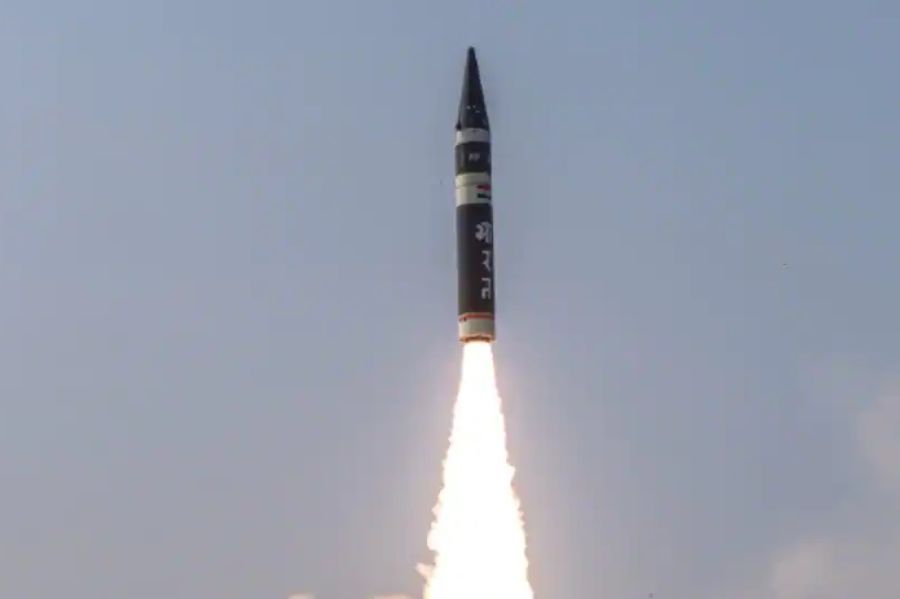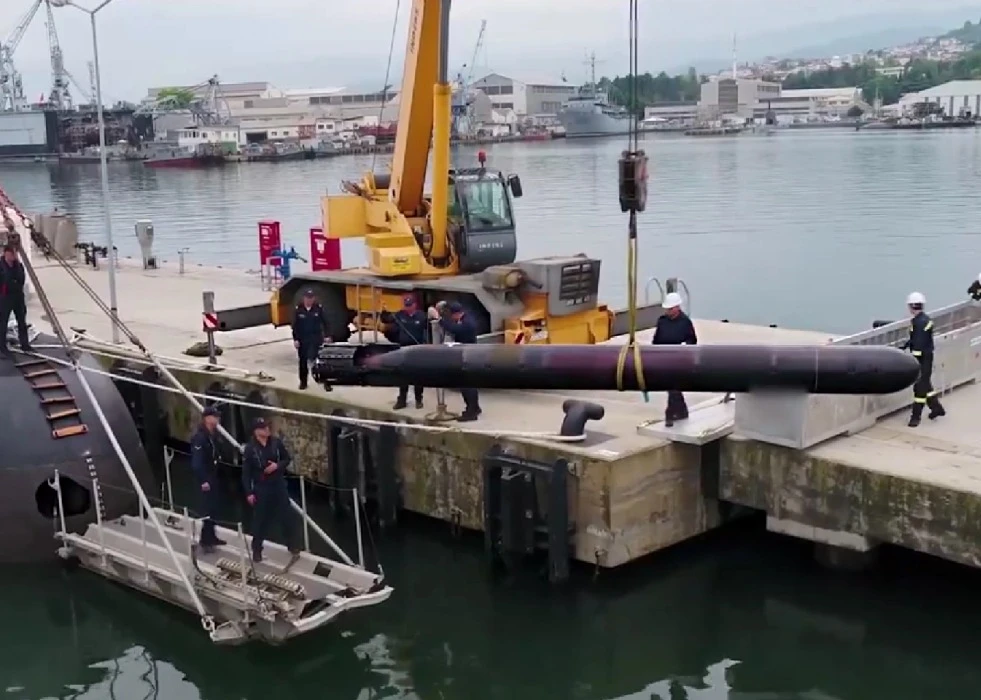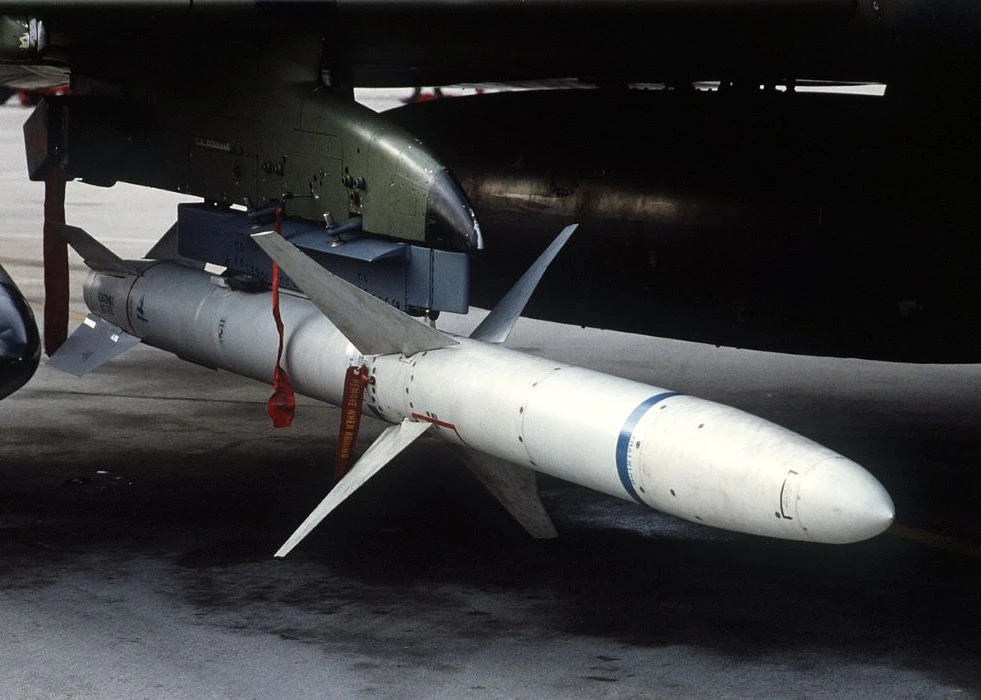The new generation nuclear-capable ballistic missile ‘Agni P’ was successfully tested by the Indian Defence Research and Development Organization (DRDO) from Abdul Kalam island off the coast of Odisha. The Agni P is a canister stored two-stage solid-propellant ballistic missile with dual redundant navigation and guidance system.
According to the Ministry of Defence, different telemetry, radar, electro-optical stations, and downrange ships stationed along the eastern coast observed and monitored the missile trajectory and data.
Agni-P or Agni-Prime (Agnī “Fire”) is a medium-range ballistic missile that is the successor for Agni-I and Agni-II missiles in the operational service of Strategic Forces Command with significant upgrades in the form of the composite motor casing, manoeuvrable re-entry vehicle (MaRV) along with improved propellants, navigation and guidance systems.
It is the Agni series’ sixth ballistic missile. Agni Prime can be transported by train or stored in a canister. A road-mobile truck can also transport the missile. The missile was said to have been tested more than seven times before being put through user testing with the Indian Army. The Defence Ministry stated in an official statement that “Agni-5 is capable of attacking targets at ranges up to 5,000 kilometres with a very high degree of accuracy.”
Previously, India tested the Agni Prime variant of the series, the nuclear arsenal’s next-generation nuclear-capable ballistic missile. While the Agni Prime and the rest of the Agni series are mostly focused on the Asian subcontinent, the Agni-V has a much greater potential to strike the adversary.
In an official statement issued in 2018, DRDO stated that Agni-V is constructed in such a way that after reaching the apex of its trajectory, the missile will turn towards Earth to continue its journey towards the targeted target at a faster rate due to the attraction of the Earth’s gravitational pull.














